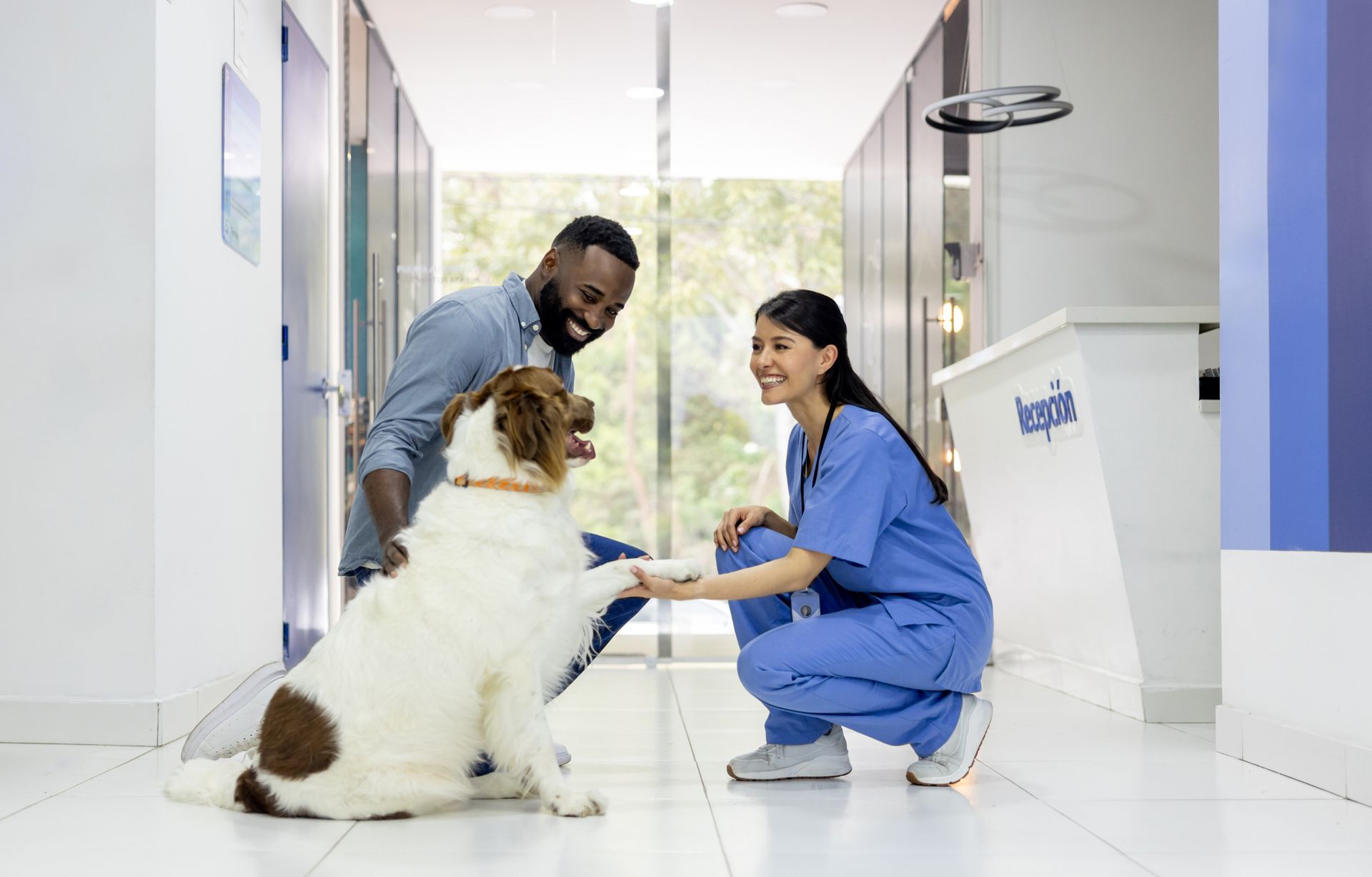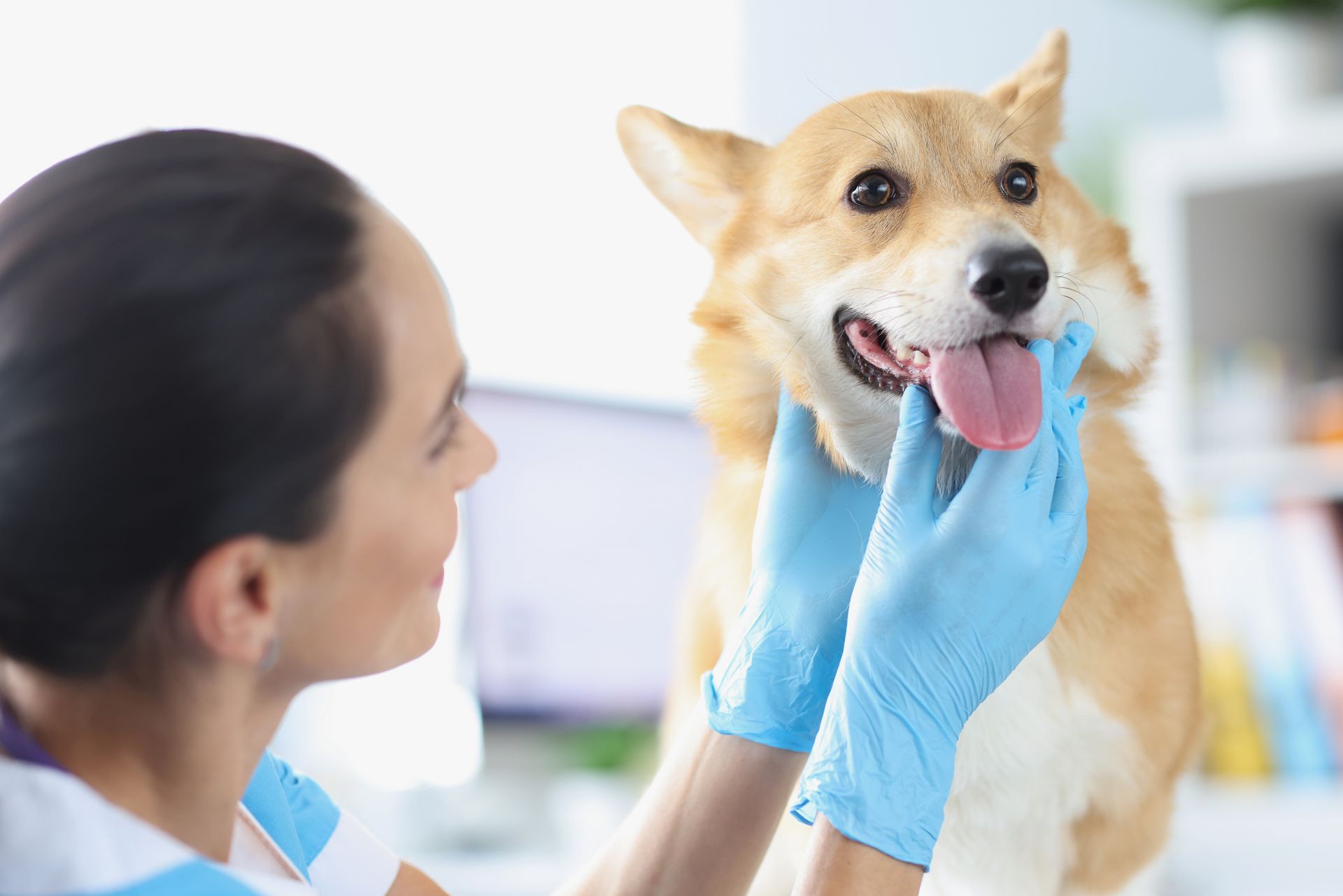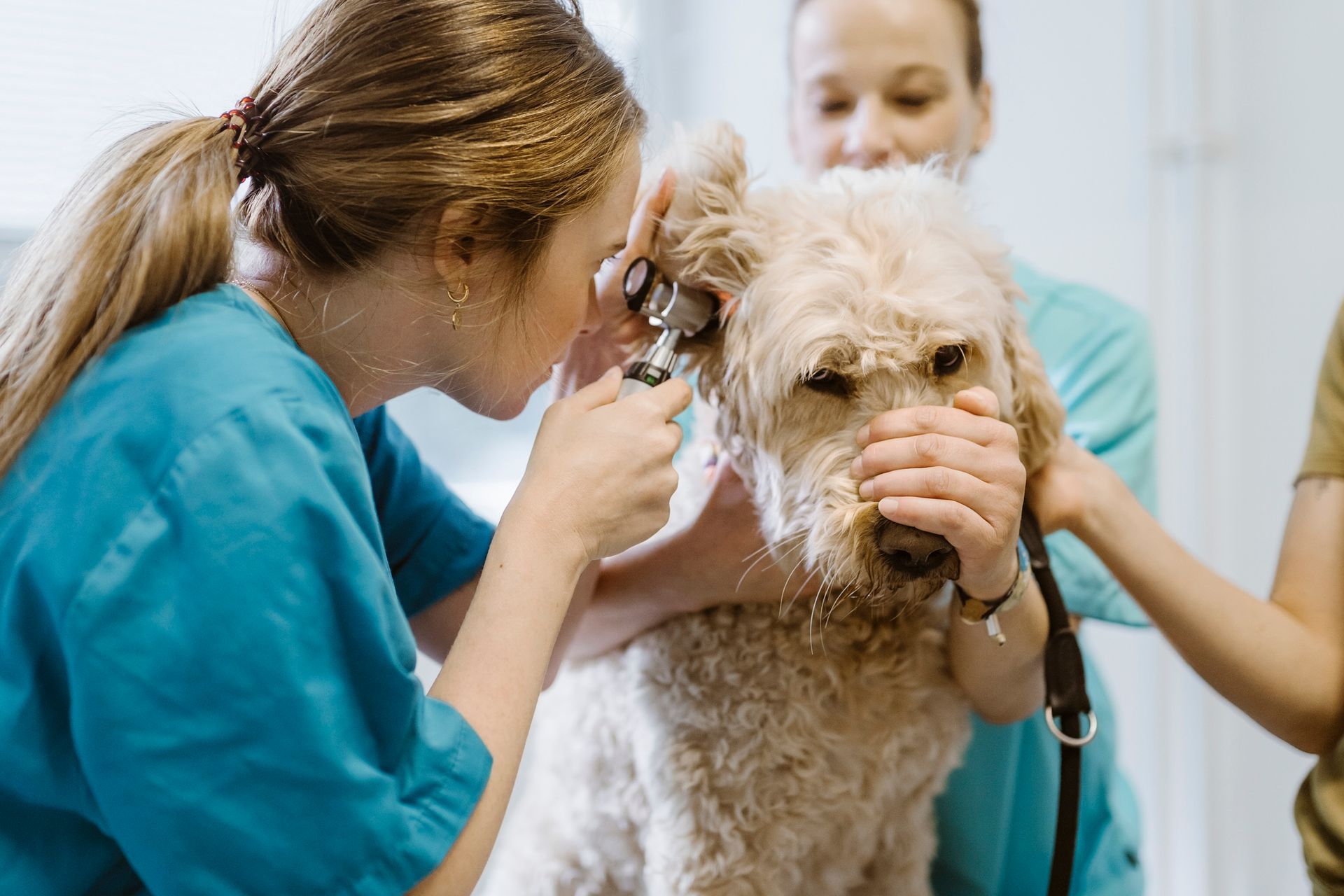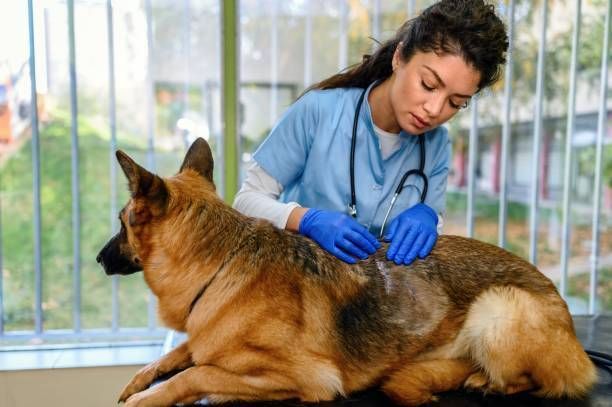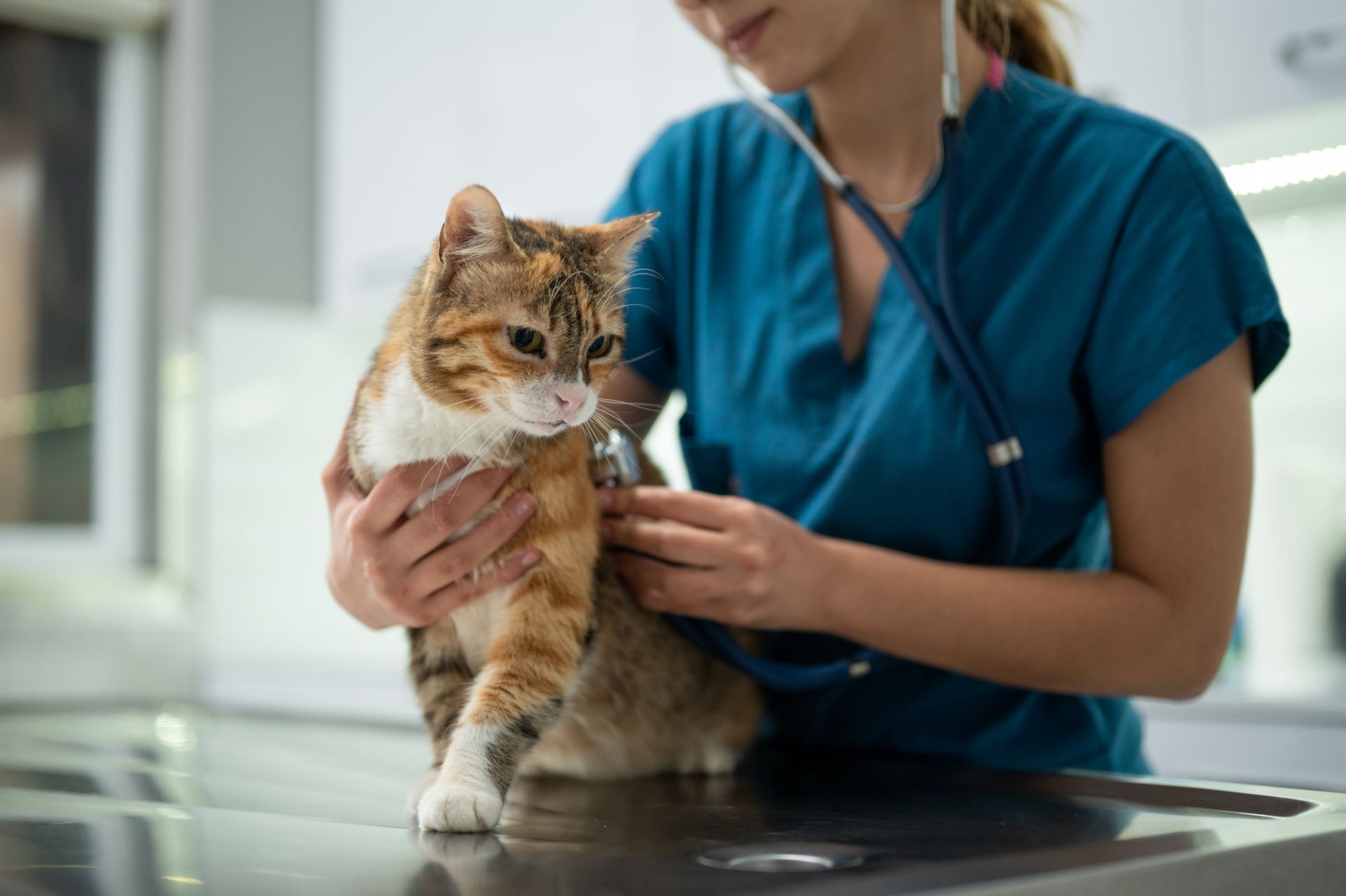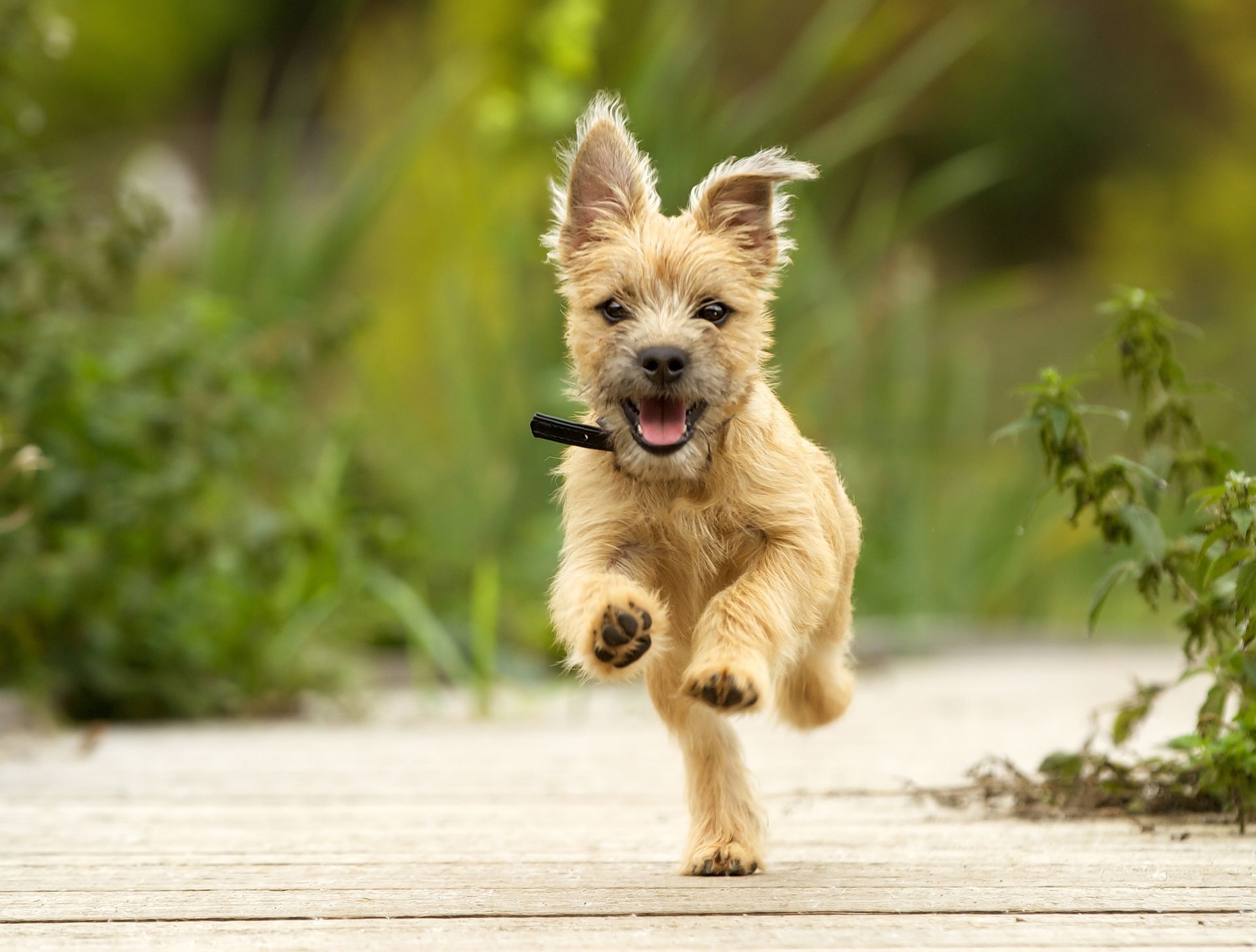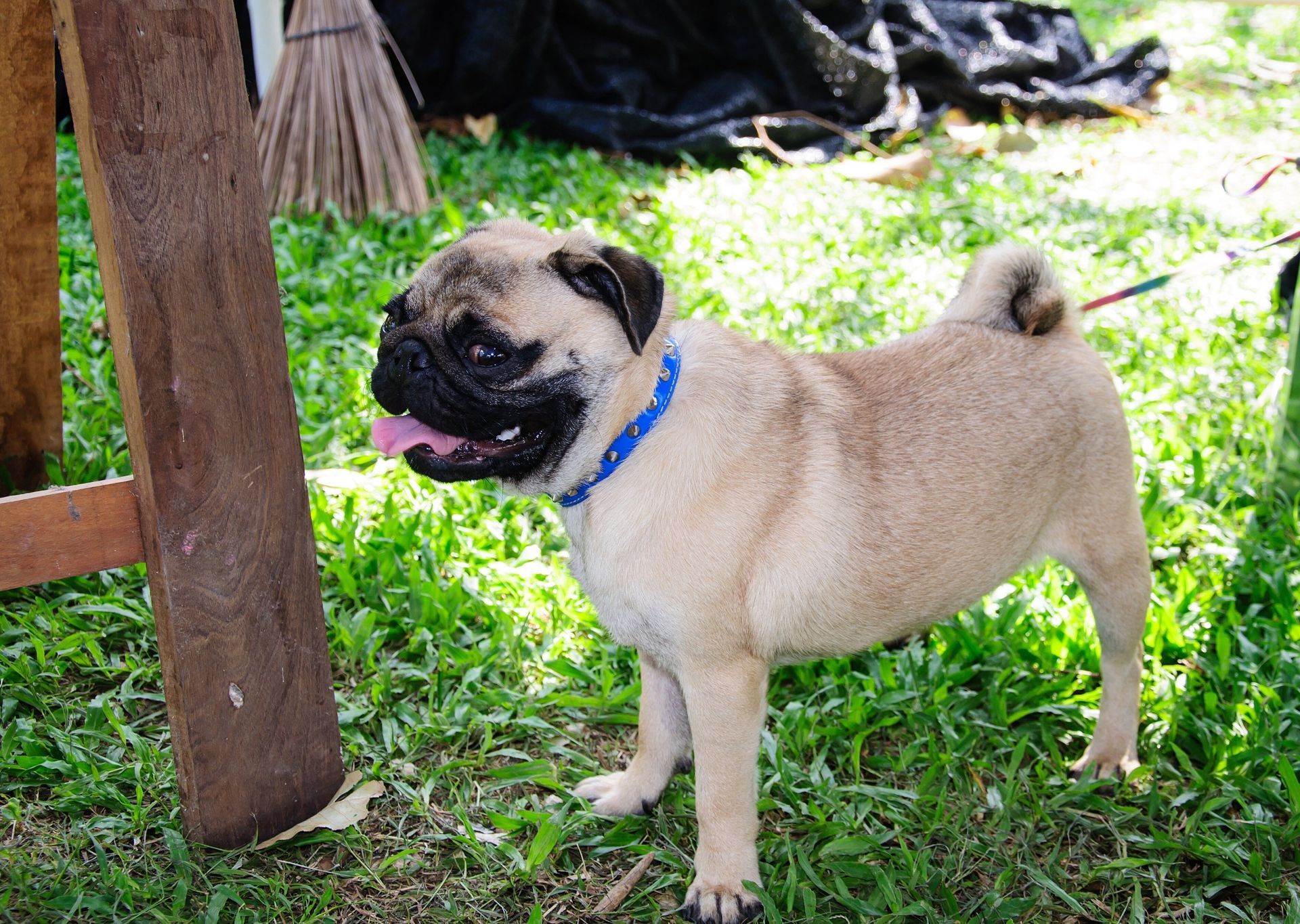5 Ways to Plan Vet Appointments for Non-Social Dogs
Many dog breeds are loving and loyal to their owners but have trouble staying calm and quiet around other dogs, especially at a vet's office. The health and care of your animal is an essential part of their well-being, so check-ups and appointments become necessary.
To help your dog cope through a vet appointment, learn about ways to plan ahead. You do not want to stress your dog out because eventually you will become stressed out, and the appointment will not go well without proper planning.
1. Vet Communication
Vets see all types of animals with a variety of temperaments and conditions. Communication with the vet is key to help explain your situation. Speak with the receptionists or technicians beforehand to see what kind of accommodations are available.
At some vets, you may go into a back entrance to avoid interactions with too many other people or pets. A room could be prepared so you go straight to the private room. You could even drop off a familiar blanket or dog bed a few days before the appointment. When your pet arrives for the appointment, they will recognize the scent and may be more comfortable.
2. Reduce Waiting Times
One of the more anxious times for a dog may be the waiting period before the animal is called in. The waiting area of a vet's office is filled with animal scents, other animals, and a lot of strangers. A dog's arrival may spark anxiety and fears which results in barking or physical aggression.
If two people attend the appointment, then one person may wait in the waiting room while another waits in the car. Once the doctor is ready, you may go out and retrieve the animal. If only one person attends, then you may wait outside and request a phone or text notification when the vet is ready to see the pet.
Once inside, you will go straight to the room and the appointment may begin.
3. Physical Barriers
A number of methods will help keep a dog physically restrained from barking, growling, or disturbing other pets within the vet's office. One of the simple options is a muzzle. Vet offices often have muzzles, but if you prepare with your own muzzle, you will have several advantages. You can find a muzzle that fits your dog correctly and is comfortable around their nose.
In the weeks or days leading up to the appointment, you could test out and get the dog used to the muzzle so the use of one does not feel foreign while in the office. For example, every time you go for a walk, place the muzzle on the dog. By the time you have your appointment, the dog will be used to the idea of wearing a muzzle when leaving the house.
4. Anxiety Medication
The reaction a non-social dog has at the vet's office typically stems from high levels of anxiety. A vet may prescribe anxiety medication for the dog to use before the appointment. Medications like trazodone will help a dog relax and reduce stress before the appointment. Only use anti-anxiety medications that are prescribed.
The dosage amount depends on the dog breed and weight, so a vet will know the exact amount to prescribe.
5. Sedation
Some dogs are so strong-willed that even anxiety medication does nothing to help. In more severe cases, you may consider sedation for vet appointments. An injection of a sedation medication like Acepromazine would be done directly at the vet's office around 20 to 30 minutes prior to the appointment.
Once fully sedated, a vet may complete physical exams, X-rays, and other tasks needed during the appointment.
Contact us at Baywood Animal Hospital for more information on setting up an appointment for your non-social dog. We have experienced staff who will help treat your pet with the utmost respect and care.


